Understanding Polyphenols: The Key to Optimal Health through Plant-Based Eating
I’m sure you’ve heard the term “superfood” or had someone tell you that certain foods were better than others due to varying nutrient content. All plant-based foods offer various nutrients, including vitamins, minerals, antioxidants, and phytochemicals. Getting a wide variety of plant foods in the diet is extremely important to promote optimal health.
Fun fact: plants produce phytochemicals to promote their health, longevity, and reproduction. So not only do they protect our health, but they, in fact, protect the plant's health.
There are so many different phytochemicals, so we will remain focused on one category: Polyphenols.
Polyphenols are a class of phytochemicals found in plant foods. There are actually more than 500 varieties of polyphenols. They are further divided into subclasses:
-Flavonoids – examples: kaempferol, quercetin, luteolin, epicatechin, epigallocatechin
-Phenolic acids/compounds – examples: gallic acid, coumaric acid, caffeic acid
-Stilbenes – examples: resveratrol, trans-resveratrol
-Ligands – example: curcumin
-Tannins – examples: proanthocyanidins, flavonols
Examples of foods rich in phytochemicals are fruits, vegetables, cereals, tea, coffee, dark chocolate, cocoa powder, wine, and spices. Phytochemicals are found in all kinds of foods, proving that one food is not better than the other. And all of these polyphenols offer different health benefits.
Flavonoids, specifically, have been identified as a powerful antioxidant that fights free radical damage to cells. Current research has linked flavonoid intake to improved heart health. So you may have heard, “A glass of red wine is heart healthy”- well, if you’re talking about phytochemical content, sure, but the alcohol part- not so much. Take it from a health professional; if you’re looking to benefit from flavonoids from wine- stick to eating the grapes instead- you’ll eat the fiber and get all the good nutrients, too! Other foods like onions and apples are high in flavonoids.
In regards to gut health, the gut microbiota actually changes the structure of polyphenols to promote optimal absorption in the gut, even though absorption of polyphenols is typically low. So, if you have gut dysbiosis (imbalance of healthy gut microbes), it could further impede the absorption and advantages of polyphenols.
Moreover, polyphenols not absorbed in the small intestine continue their journey to the colon, interacting with the gut microbiota. They are proposed to exhibit a prebiotic effect, fostering the development of beneficial gut microorganisms. That is why consuming a fiber-rich diet is vital in promoting healthy gut microbes to ensure you get all the benefits from your diet- your body will then be able to utilize all of the micronutrients you consume.
Here is an outline of several benefits and impacts that polyphenols have on the gut microbiome and gut health in human studies:
-Proanthocyanidins, a type of polyphenol found in grapes, led to an increase in Bifidobacteria (the good gut bacteria).
-Cocoa-derived flavonols, another type of polyphenol, promoted the growth of Bifidobacterium spp. And Lactobacillus spp. They also led to reduced amounts of inflammation.
-Polyphenols/resveratrol (found in grapes) led to reduction of blood pressure, improvement in cholesterol and blood lipid profiles, and declined uric acid levels. There was also an increase of Bacteroides spp noted.
-Polyphenols from green tea reduced weight in obese individuals while increasing a healthy gut microbiome.
-Polyphenols from spices like cinnamon and turmeric increased glucose absorption by cells and assisted in controlling hunger and satiety.
All in all, this is further evidence to support your endeavors to eat a balanced diet high in plant foods. If you live with IBS and follow a Low FODMAP diet, plenty of Low FODMAP options are high in polyphenols. Talk with a registered dietitian to learn more!
Low FODMAP, high polyphenol foods (always check portions to ensure a Low FODMAP serving size):
- Blueberries
- Strawberries
- Grapes
- Kale
- Spinach
- Carrots
- Bell peppers
- Catalkaya, G., Venema, K., Lucini, L., Rocchetti, G., Delmas, D., Daglia, M., De Filippis, A., Xiao, H., Quiles, J. L., Xiao, J., & Capanoglu, E. (2020). Interaction of dietary polyphenols and gut microbiota: Microbial metabolism of polyphenols, influence on the gut microbiota, and implications on host health. Food Frontiers, 1(2), 109–133.
- Costain, L. (2001). Supernutrients handbook. DK Publishing (Dorling Kindersley).
- Rastmanesh, R. (2011). High polyphenol, low probiotic diet for weight loss because of intestinal microbiota interaction. Chemico-Biological Interactions, 189(1–2), 1–8.
- Singh, A. K., Cabral, C., Kumar, R., Ganguly, R., Rana, H. K., Gupta, A., Lauro, M. R., Carbone, C., Reis, F., & Pandey, A. K. (2019). Beneficial effects of dietary polyphenols on gut microbiota and strategies to improve delivery efficiency. Nutrients, 11(9), 2216.
- Snopek, L., Mlcek, J., Sochorová, L., Baron, M., Hlaváčová, I., Jurikova, T., Kizek, R., Sedláčková, E., & Sochor, J. (2018). Contribution of red wine consumption to human health protection. Molecules, 23(7), 1684.
- Sorrenti, V., Ali, S., Mancin, L., Davinelli, S., Paoli, A., & Scapagnini, G. (2020). Cocoa polyphenols and gut Microbiota interplay: bioavailability, prebiotic effect, and impact on human health. Nutrients, 12(7), 1908.
- Yamakoshi, J., Tokutake, S., Kikuchi, M., Kubota, Y., Konishi, H., & Mitsuoka, T. (2001). Effect of Proanthocyanidin-Rich Extract from Grape Seeds on Human Fecal Flora and Fecal Odor. Microbial Ecology in Health and Disease, 13(1), 25–31.
- Zanzer, Y. C., Plaza, M., Dougkas, A., Turner, C., & Björck, I. (2017). Polyphenol-rich spice-based beverages modulated postprandial early glycaemia, appetite and PYY after breakfast challenge in healthy subjects: A randomized, single blind, crossover study. Journal of Functional Foods, 35, 574–583.



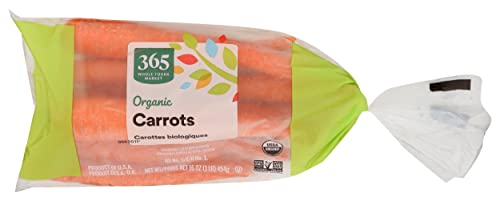
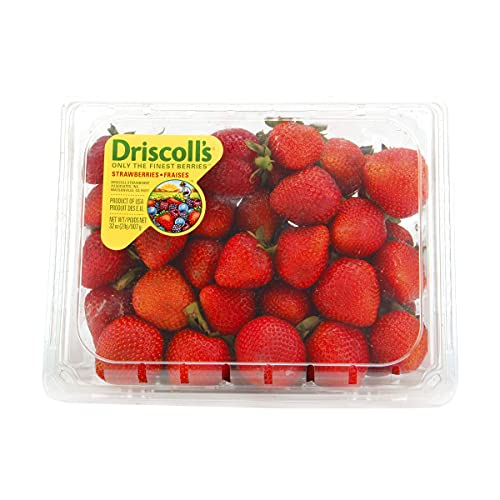
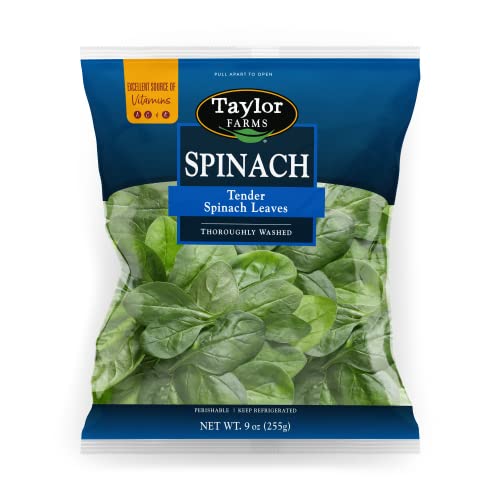



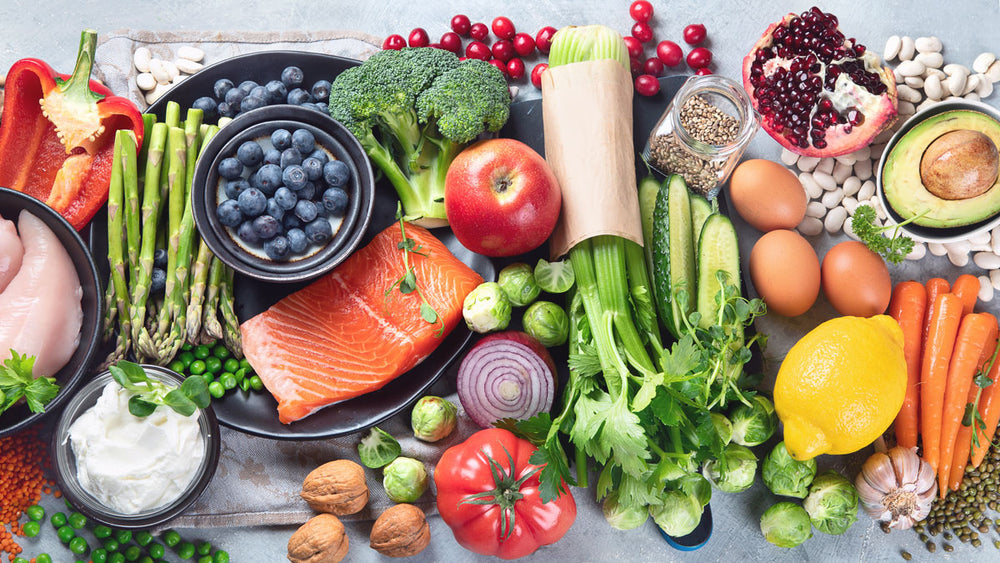
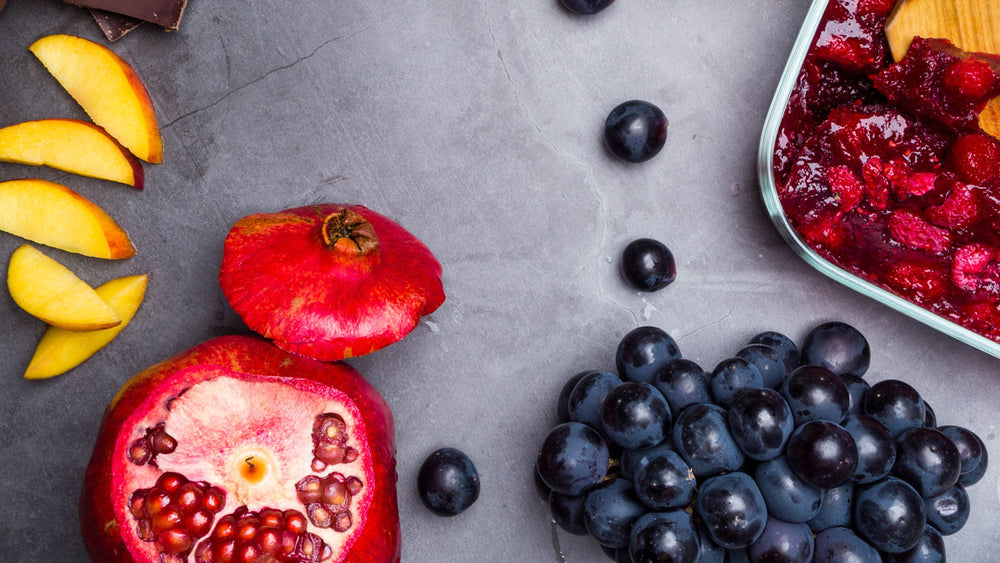





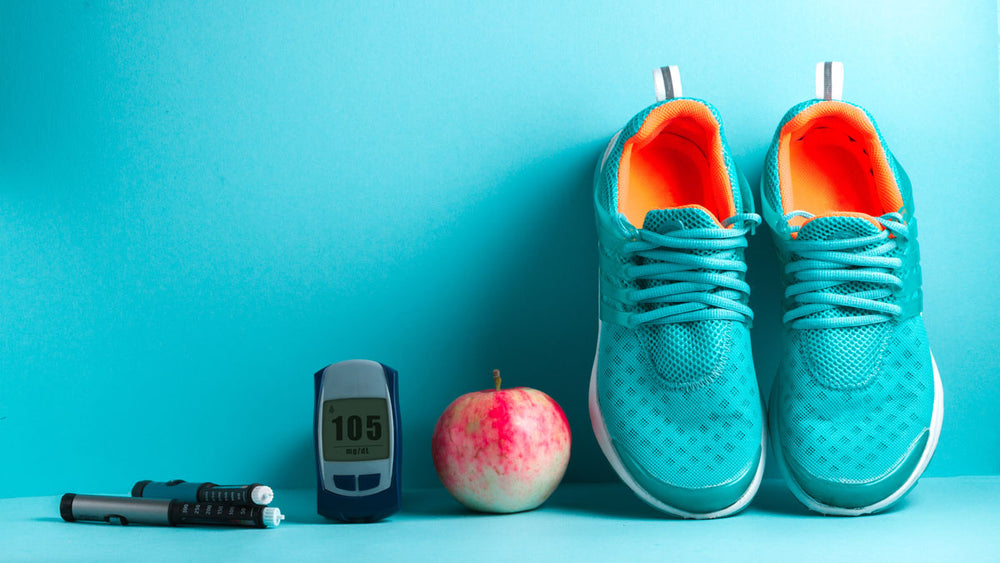




Comments
Join The Conversation...